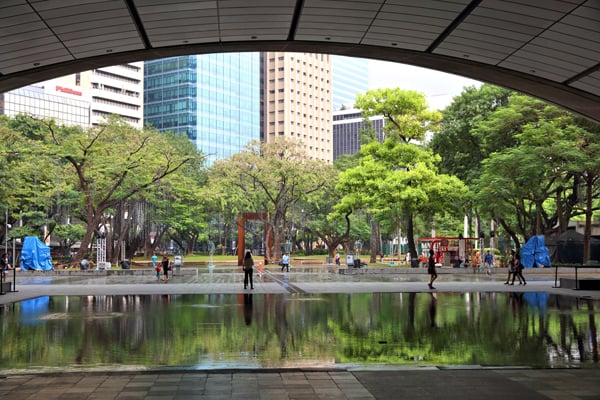
Retiring in Manila, the capital city of the Philippines, is an increasingly popular choice for international retirees. The city offers a unique blend of urban sophistication and tropical paradise, with a low cost of living, warm climate, and friendly locals. However, like any major city, it also presents its own set of challenges, such as navigating the healthcare system and learning the local language.
Cost of Living
One of the main attractions of Manila for retirees is its affordable cost of living. Housing, food, and entertainment are all significantly cheaper than in many Western countries. For example, a comfortable one-bedroom apartment in a central location can be rented for as little as $500 per month. Eating out at local restaurants is also very affordable, with a meal at a mid-range restaurant typically costing around $10.
Climate
Manila has a tropical climate, with high temperatures and humidity throughout the year. The city experiences a wet season from June to November, and a dry season from December to May. Despite the heat, many retirees enjoy the warm weather and the opportunity to spend time outdoors all year round.
Healthcare
Manila is home to some of the best hospitals in the Philippines, such as the Makati Medical Center and the St. Luke’s Medical Center. These hospitals offer a wide range of services and have English-speaking staff. However, it’s important to note that while healthcare costs are generally lower than in Western countries, most retirees opt for private health insurance to cover unexpected medical expenses.
Public Healthcare System
While the Philippines has a public healthcare system, known as PhilHealth, it is generally not used by international retirees. This is because the system is primarily designed for Filipino citizens and permanent residents, and the coverage it provides is limited. Therefore, most retirees choose to purchase private health insurance instead.
Residency Options for Retirees
The Philippines offers a Special Resident Retiree’s Visa (SRRV) for international retirees. This visa allows retirees to live in the country indefinitely, with multiple-entry privileges. To qualify for the SRRV, retirees must meet certain age and financial requirements.
Parks and Recreational Activities
Manila offers a wide range of recreational activities for retirees. The city is home to numerous parks, such as the Rizal Park and the Manila Ocean Park, where retirees can enjoy leisurely walks and picnics. For those who enjoy cultural activities, there are many museums and art galleries to explore, such as the National Museum of the Philippines and the Ayala Museum.
Restaurants
Manila is a food lover’s paradise, with a wide range of restaurants offering both local and international cuisine. Some popular choices among retirees include the Spiral Buffet at the Sofitel Philippine Plaza, which offers a vast selection of dishes from around the world, and the Café Ilang-Ilang at the Manila Hotel, which is known for its Filipino buffet.
Learning the Language
While English is widely spoken in Manila, learning the local language, Tagalog, can enhance the retirement experience. There are several language schools in the city that offer Tagalog courses, such as the Berlitz Language Center and the Enderun Colleges.
Local Culture
Manilans are known for their hospitality and friendliness. The city has a vibrant social scene, with numerous festivals and events throughout the year. There are also many local markets, such as the Quiapo Market and the Divisoria Market, where retirees can experience the local culture and buy fresh produce and local goods.
Housing Options
Most retirees in Manila choose to live in condominiums, which offer security and amenities such as swimming pools and fitness centers. These condos are often located in central areas of the city, close to shops, restaurants, and healthcare facilities. Some popular neighborhoods for retirees include Makati, Bonifacio Global City, and Ortigas Center.
Transportation
Manila has a comprehensive public transportation system, including buses, jeepneys, and the Light Rail Transit (LRT). Many retirees find that they can get around the city without a car. However, traffic congestion can be a problem, especially during peak hours, so it’s important to plan travel times accordingly.


